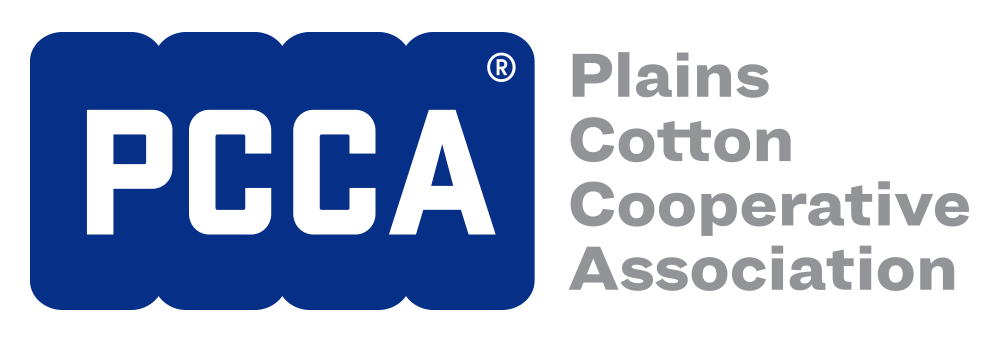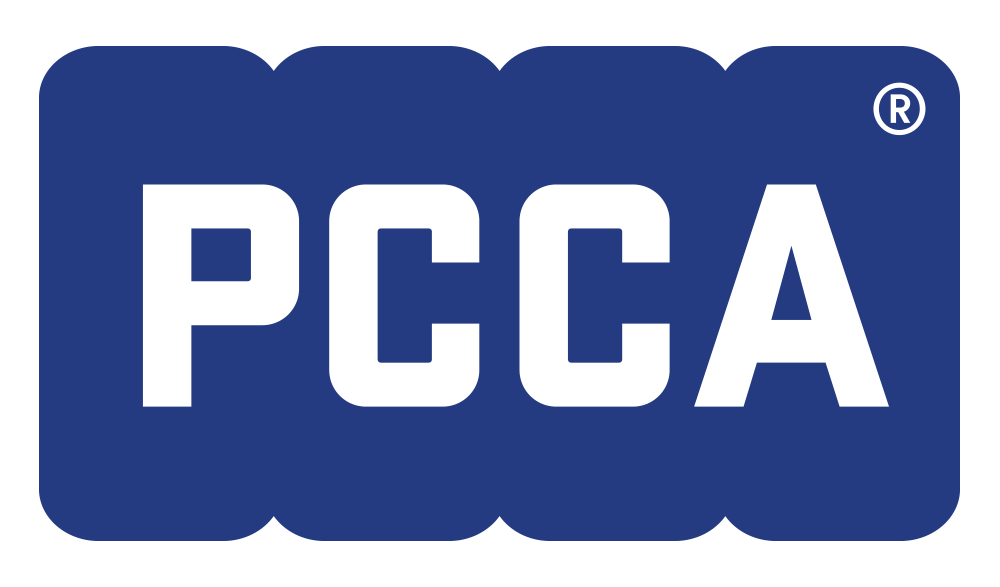Your Story Could Change Farm Policy
by Blair White
There’s no substitute for a clear, authentic testimony from the heart of cotton country landing on a government official’s desk or being passed on through their staff to influence fair and favorable farm policy. However, growers like you already run on limited time and energy. Even though advocacy efforts are critical, they are an extra effort.
So, if you’re going to try to push your story to the threshold of Congressional offices, how can you help ensure that the time you take to contact your elected officials makes an impact and that your voice makes a difference?
There are three crucial steps to sharing your story in political spaces:
1. Develop a relationship with your member’s office and/or staff.
2. Prepare your story (be honest, sincere, and concise).
3. Share your story whenever and however possible.
While taking this action seems daunting, the National Cotton Council’s Vice President of Washington Operations, Robbie Minnich, says it’s vital. Without stories coming straight from the field, the political landscape for cotton could become increasingly challenging to navigate.
“A prime example of this is last year’s economic assistance program,” Minnich said. “Members of Congress knew things were bad, but until we (cotton organizations and growers) got involved in the last six months of the year, they didn’t understand just how bad. We had been telling them how bad it was, but they didn’t fully appreciate it until they sat in a room with farmers and heard it straight from them.”
Fortunately, thanks to efforts from individuals across the cotton industry, growers received some relief during the crisis. However, without those personal appeals, the bill may not have materialized.
“Everything that happens on the farm can be impacted negatively or positively by 535 people in Washington, D.C.,” Minnich explained. “Very few of them grew up on farms, and likely, very few understand what farmers face daily. It’s our responsibility as those who are in the industry to make sure that they understand what our industry is facing and what our needs are. Without doing that, it is hard, if not impossible, to affect good farm policy that provides a safety net for growers to continue having the crop protectants and the products they need to continue farming.”
Where can you begin to share your story? Establishing a relationship with your member’s office and staff is the first step to helping ensure your efforts are most impactful.
- Develop a relationship with your member’s office and/or staff.
“Developing the relationship with their staff is an excellent first step because, at the end of the day, they advise their boss and write decision memos,” Minnich said. “You’re not getting your foot in the door with the staff – they are the door.”
Fortunately, advocacy efforts do not have to be formal. If you happen to run into someone who works in a political office, whether at the grocery store or in the community, take a moment to start a genuine conversation, even if you don’t have any pressing issues to discuss. A simple thank you for their efforts can go a long way and also makes clear that you are paying attention to what’s happening in the political landscape.
“I always use the example of, if you are driving down the road and you see someone with a flat tire – unless you are a really good Samaritan, you’re probably not going to stop,” Minnich said. “If you’re driving down the road and you see someone you know with a flat tire, you’re probably going to stop and see if you can help.”
Relationships can be established individually, but industry organizations like PCCA, the National Cotton Council, and regional cotton producer associations are committed to fostering relationships on Capitol Hill and beyond through Political Action Committees and similar efforts. Getting involved with these organizations can accelerate relationship building.
- Prepare Your Story
Whenever you are presented with the opportunity to share your story, it’s essential to have given it some thought beforehand. Maintaining a balance of honesty and avoiding exaggeration is key to crafting a compelling message.
“Think about it like an elevator pitch,” Minnich said. “You’ve got the amount of time that you’re going to be in an elevator with someone, and how do you convey your points within that time? What are the top two or three things they need to hear quickly? You may only get 60 to 90 seconds with them. Then, they may ask questions, and you get another 60.”
Sharing your story effectively boils down to keeping the content concise, sincere, and honest. It can be challenging to cut through the clutter of everything happening in the world and the constant stream of information coming across these members’ desks. A clear, heartfelt message has the power and potential to cut through the noise.
“These individuals care about what their constituents are facing,” Minnich explained. “But, at the same time, as much as cotton is all we do every day, it’s a small part of what they do every day. That’s why you’ve got to have that constituent piece to back up the lobbyists and other advocacy groups. They know and trust us, but if they’re not hearing from the people back home, I’m just another paid person telling a story.”
- Share Your Story Whenever and However Possible.
Social Media
While creating personal connections through physical presence, whether at the grocery store or on Capitol Hill, certainly makes a difference, social media can be an excellent tool to use as well. Last year, the National Cotton Council launched a social media campaign called The Cotton Challenge. This effort encouraged farmers nationwide to share their stories on public digital platforms. Without setting foot on a plane, these stories made it to the ears of elected officials and made a difference, ultimately reaching thousands of people.
“One of the things we are seeing more of is the social media element of advocacy,” Minnich said. “We executed The Cotton Challenge last year, and through that, we encouraged farmers to say, ‘here’s what I’m facing’ and tell their story, then lead into I’ve contacted my congressman, have you contacted yours?’ Then, we had them tag their representative in the post. It reached a much larger audience and helped us tell our story.”
In Person
Even though digital communications impact thousands instantly, there is still something to be said for creating time and space for one-on-one meetings or in-person visits with government officials.
“Taking the time to come to D.C. makes an impact too, not just because you physically have more time with them, but because they see that you took the time and left your operation, your family, to come here and tell your story. The D.C. trips really do make an impact,” Minnich emphasized. “No matter your situation, there’s a role for you. There’s an opportunity for you to engage and be part of the advocacy effort for our industry.”
The moral of the story is that your voice matters. Advocacy is not a one-time effort; it’s ongoing, and no one can tell your story better than you. The details you share about the struggles or triumphs you experience have the potential to shape real-world policies that could later dictate everything you do on the farm. Whether through a social media post or in person, your story can influence critical decisions and create meaningful change in our industry.


